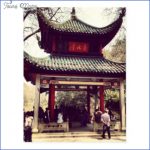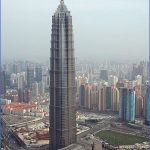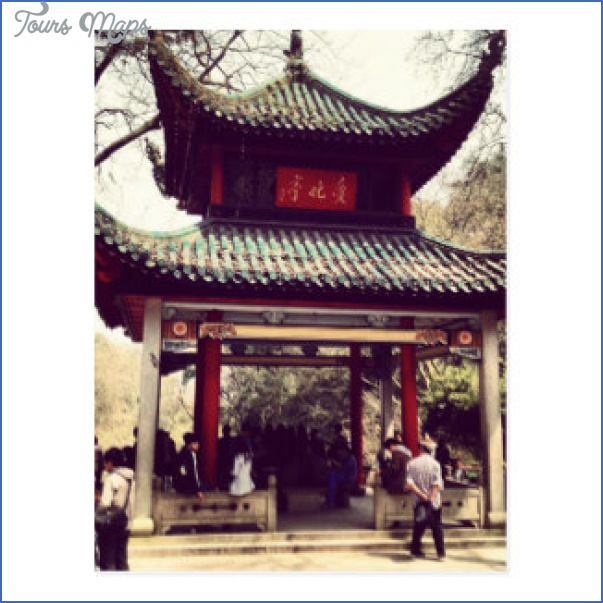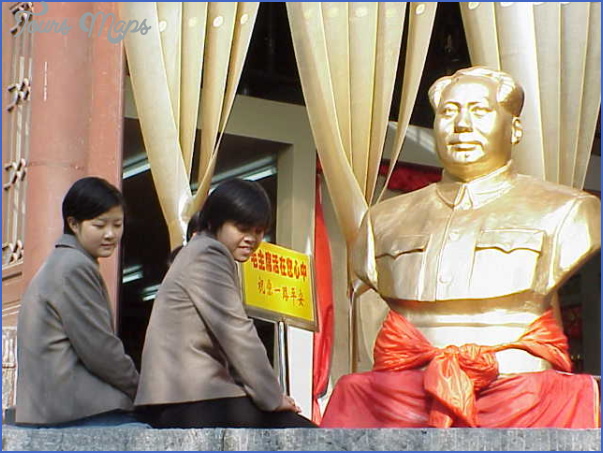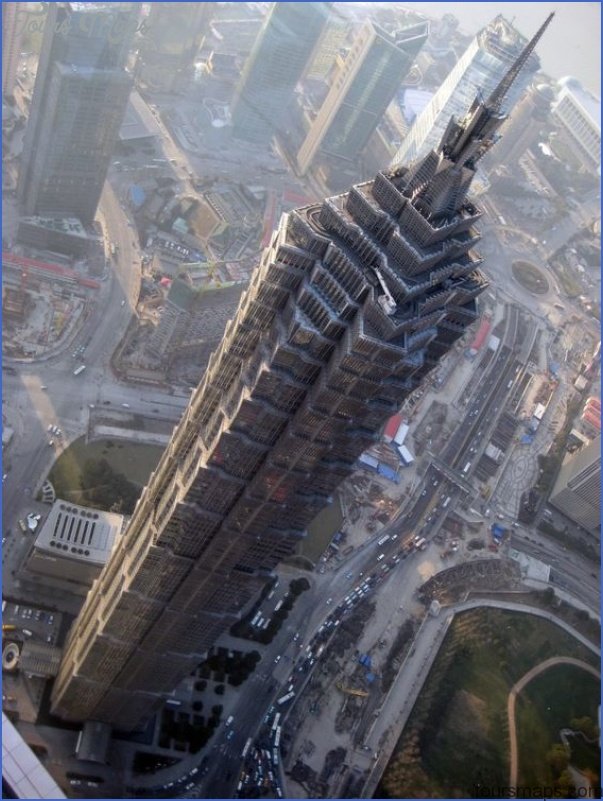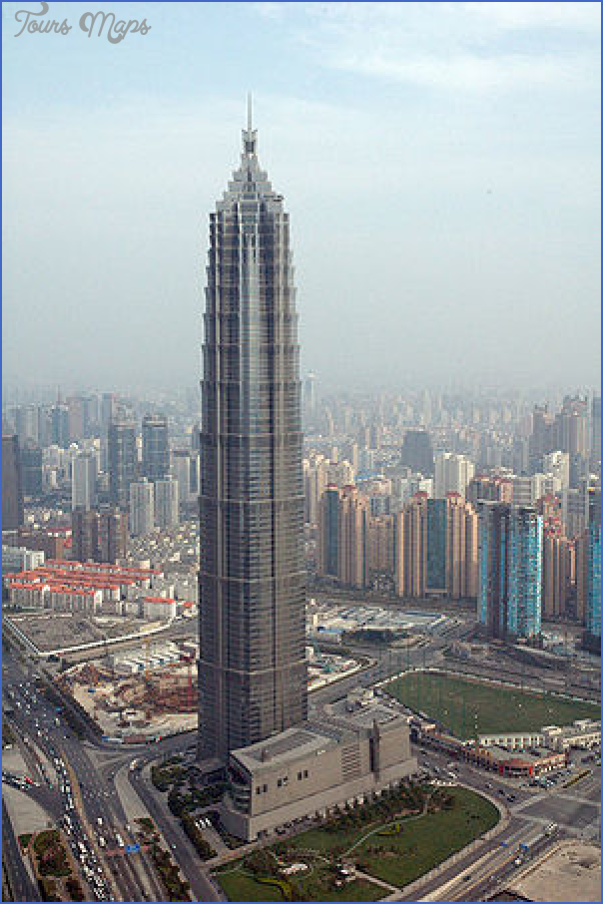The Pagoda of Longevity was erected in 1743 by the occupants ofthe town of Qingpu, 31 km/19 miles to the west of Shanghai, to wish the emperor Qianlong a long life. He did in fact answer their prayers and considerably lowered the taxes to be paid. The pagoda was originally made from bricks and wood, although the wooden section was destroyed by fire in 1883.
The Freedom Bridge, some 10km/6 miles to the south-west of the Pagoda of Longevity, is 71 m/230ft long and 6m/19ft wide, the longest stone bridge in Shanghai. It was built in 1571 with funds collected by the monk Xing Chao. He was also responsible for stopping the local people fishing under the bridge, and even suggested to them that they should throw back the fish which they had already caught. The original bridge collapsed in 1814; the present bridge was built a little later at the instigation of another monk.
The60sq.km/23sq. mile Dianshan Hu Lake extends out some 50km/31 miles to the west of Shanghai.
The Garden of Grand Scenery is situated on the east bank ofthe lake. Some of the buildings, including the Guawang Temple and the Aofeng Pagoda have survived through the years. On the east bank of the lake is a large public bathing area.
The single-arched Bridge of General Wellbeing, 10m/32ft 27m/29yd long and 2.75m/3yd wide, is situated 54km/33 miles from Shanghai. It was built in 1265 during the Song period (960-1279) and all its features are typical of its time of origin – purple bricks, restricted width and a single arch with a long span. The structure is without doubt a magnificent example of bridge architecture ofthe Song period.
The Mao Ta Pagoda, built in the second half of the 9th c., stands 20km/ 12 miles to the east of the Bridge of Wellbeing, towering up on a small island in the River Mao. For a long time it served as a lighthouse.
Mao Ta Pagoda Photo Gallery
Maybe You Like Them Too
- The Best Cities To Visit in The World
- World’s 10 Best Places To Visit
- Coolest Countries in the World to Visit
- Travel to Santorini, Greece
- Map of Barbados – Holiday in Barbados

